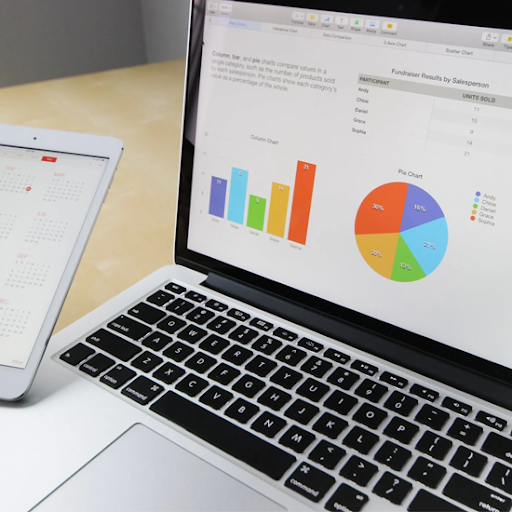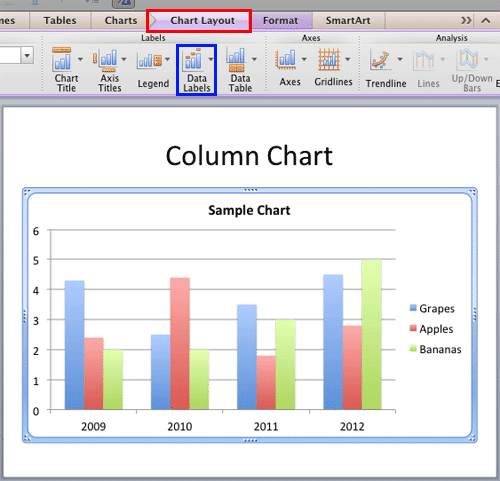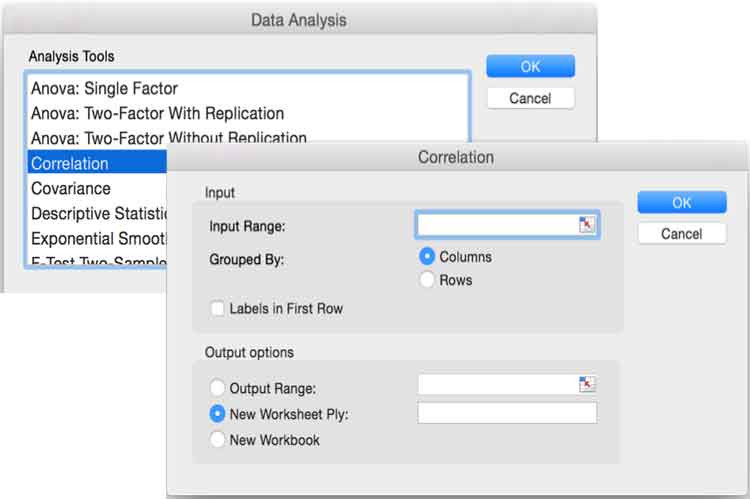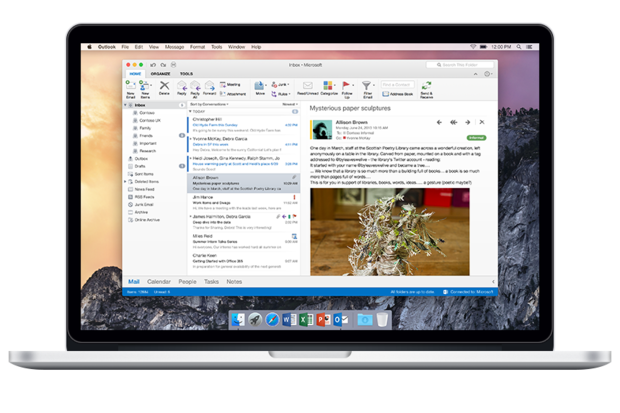

Options to emulate Excel Analysis ToolPak results and.Permanent license and free major upgrades during the maintenance period.Standalone spreadsheet with Excel (XLS and XLSX), OpenOffice/LibreOffce Calc (ODS) and text documents support.This free application demonstrates qualities typically only available in costly specialized suites – consistency and accuracy of results, reliability, plenty of data analysis models and tools, various data types, graphs, charts and much, much more. No matter if you are an experienced user migrating from a familiar toolset or a novice exploring the capabilities of the new software, StatPlus:mac LE gives you an easily configured workspace with a vast array of tools.

Try the free version now and find out why - statistically - most people stop looking for any other tools once they find StatPlus:mac!īy installing this software you accept all the terms and conditions of the end user license agreement provided here.

If you are using a Mac and Microsoft Excel 2004–2021 for Mac or Apple Numbers for daily analytical and statistical purposes, StatPlus:mac LE is exactly what you need to get started! Get a powerful statistical tool for free – now with a set of new essential features - without leaving Excel. If you need to adjust one, you can.Meet StatPlus:mac LE - a free edition of StatPlus:mac Professional developed by AnalystSoft. The values on the right are populated automatically in categories for Not a Value, Sum, and Average. Use the check boxes on the left side to select the fields that you want to analyze. You’ll then see the fields for your data and their summarized values. You’ll also see any recent questions that you’ve asked to quickly revisit them if you’d like.Īnswers to your questions or results from suggestions you pick display directly beneath.īelow the question area of the task pane is a link for Which Fields Interest You the Most? If you want to narrow down the data that you’re analyzing, you can do so by clicking this. This provides a drop-down list of recommended questions.

Depending on the type of data that you’re using, you can type in things like, “How many shirts sales in January,” “What are shoes and pants total sales,” or “Total jackets excluding December.”Īlong with the ideas at the top, you can also see suggestions by clicking in the question box.


 0 kommentar(er)
0 kommentar(er)
